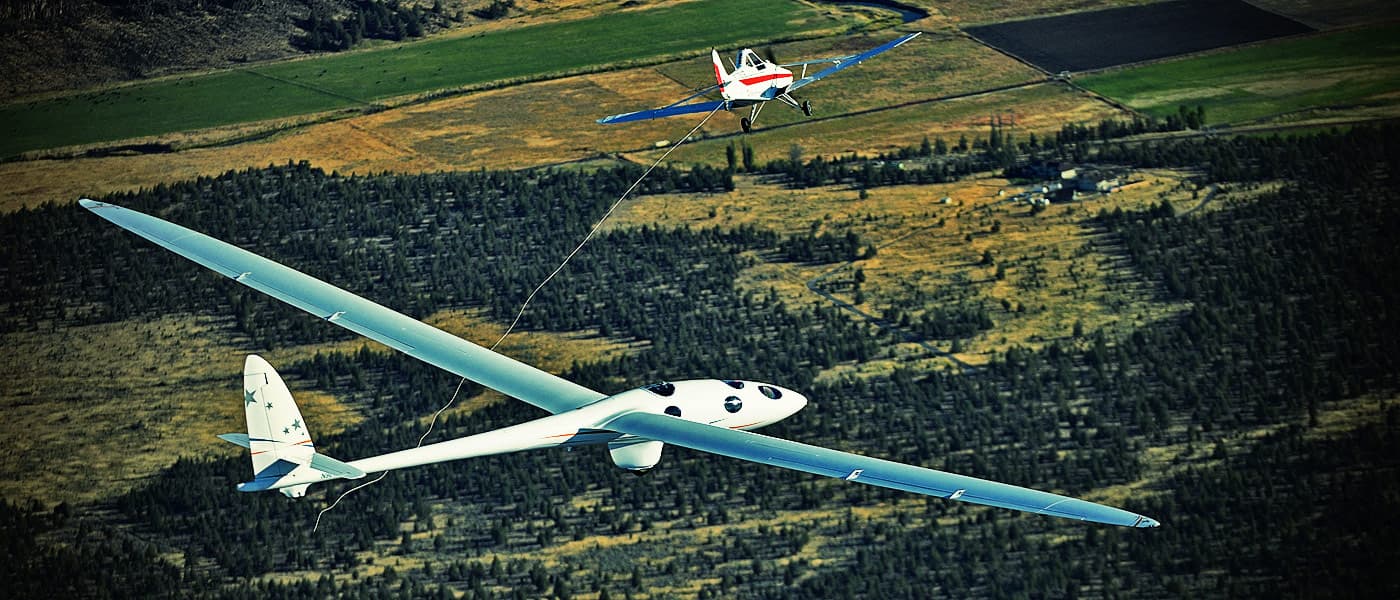SKY'S THE LIMIT
Airbus is a pretty ambitious company. It has explored everything from using hypersonic planes to get from New York to London in an hour to setting up a laser based satellite communication grid with the European Space Agency.
Now, it has another audacious goal: Getting a winged vehicle beyond the lower edge of the Earth's stratosphere at an altitude of 27 kilometers (16 miles). On their website, they assert, "Our goal is to reach the edge of space and study how giant stratospheric mountain waves impact our planet’s weather."
If successful, it would be the highest height reached by any winged vehicle in the world. And Airbus is planning to do it all without an engine. In other words, the company is trying to achieve the record with a glider.
Back in 2012, the same project from Airbus crushed the existing altitude record for gliders by hitting an altitude of 15.4 km (9.5 miles) in its Perlan 1 glider. Now, it is getting ready to test the second iteration of its project with the Perlan 2 glider, which will reach into suborbital space to break the record.
FLYING WITHOUT AN ENGINE
Reaching this height without an engine reflects an unprecedented level of technological achievement. While pilots have previously experimented with mountain waves (oscillations from winds travelling more than 27 km/h [16 mph] across mountains) to reach higher altitudes, they were hampered by the interaction between cold air and warm air at the stratosphere.
Under such conditions, the maximum altitude for a glider was about 9 km at the poles to 17 km (5.5 to 10.5 miles) at the Equator.
But the founder of the project, Einar Enevoldson, discovered that winds rising off mountains could surpass these previous limits. In 1998, he collaborated with meteorologist Elizabeth Austin and found (what would eventually be known as) the Polar Vortex—an event that only occurs in winter when the air is extremely cold and travelling at speeds of around 480 km/h (298 mph), which results in high mountain waves.
The Perlan gliders use these particular waves to attain altitudes never before reached in a glider. By doing so, it allows Airbus to test the limits of current technology, and it also gives scientists a glimpse into the unique atmospheric conditions at that altitude.
As such, the plane is equipped with several scientific instruments that will take detailed measurements of the atmosphere. The knowledge would provide an insight to ozone depletion and climate change. But looking forward, the project would also provide valuable knowledge that would help in future endeavors such as launching winged vehicles in a thin atmosphere like Mars.
The Perlan 2 test flight is scheduled for June, and will take off from a base in Argentina. After this, their next goal is to reach an altitude of 30 km (18 miles) by 2019. Notably, this is still rather shy of what is technically the edge of space. But the company hopes that these attempts will quickly lead to such heights.
Share This Article
